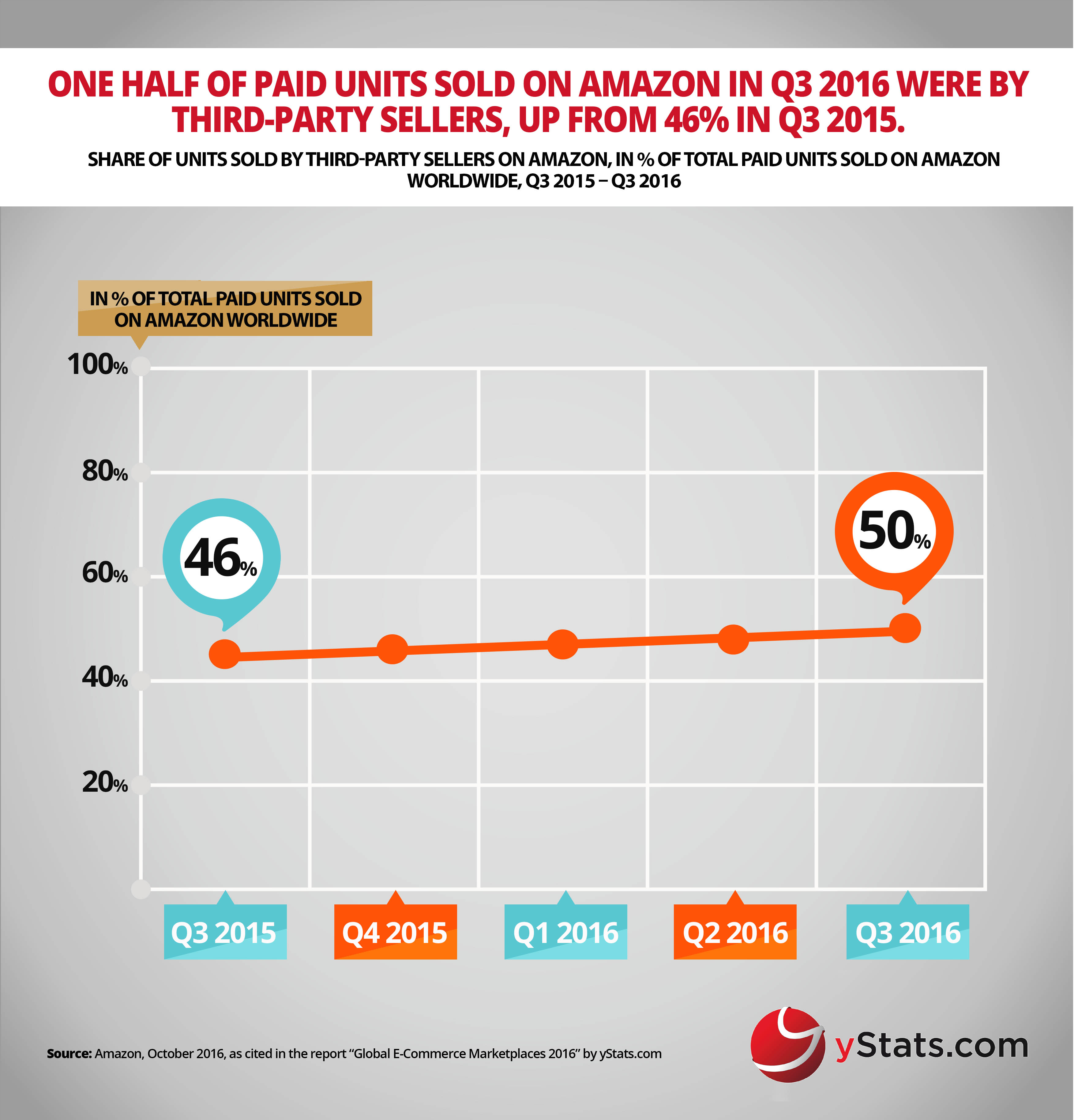A new publication from leading Germany-based secondary market research firm yStats.com, “Global E-Commerce Marketplaces 2016,” affirms the dominance of marketplaces in online shopping and unveils some factors behind this trend. Furthermore, the report provides some key statistics about the world’s largest E-Commerce marketplaces, Alibaba, Amazon and eBay.
E-Commerce platforms that host offerings of third-party merchants have become the major drivers of online shopping worldwide. Online marketplaces are now the leading destination for online shoppers to buy goods online, discover new products, meet new retailers and buy from foreign merchants across borders, according to consumer surveys cited in the yStats.com report. Convenience, product variety, competitive prices and affordable shipping options are among the top reasons why nearly half of online shoppers worldwide do all or most of their E-Commerce consumption via marketplaces.
Having this trend in mind, more and more retailers are joining E-Commerce marketplaces, both those who have their own online stores and those who do not. A survey of online retailers conducted across 10 major E-Commerce markets cited in the yStats.com report revealed that only a small one-digit percentage of them do not have a presence on marketplaces. The majority of retailers see marketplaces as platforms to attract new customers and grow revenue, but as a larger number of sellers join major marketplaces, competition among them intensifies and the growth opportunities become limited for those who rely on marketplaces heavily.

Some of the world’s most visited E-Commerce websites are large online marketplaces, operated by Amazon, eBay and Alibaba. The yStats.com report reveals some key facts and statistics about these platforms, such as that around half of all items sold on Amazon as of Q3 2016 were from from third-party sellers.


